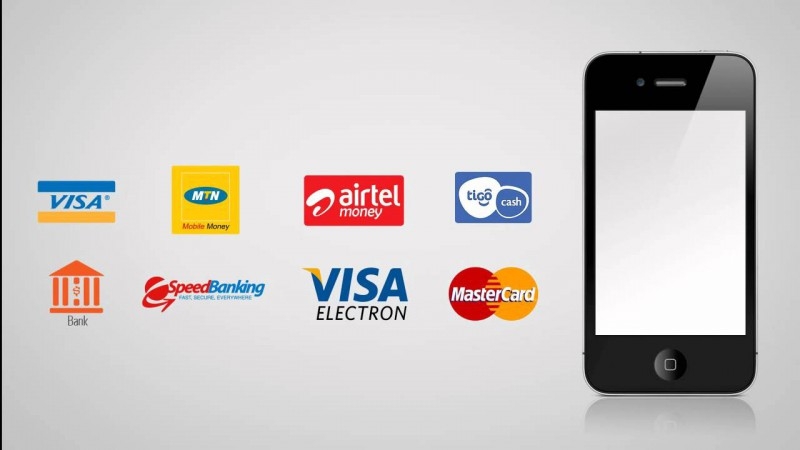
The mobile banking and payments market opens up exciting opportunities for innovation, especially within the financial industry space.
With the increasing use of smartphones, tablet technologies and other mobile hand held devices, one can expect a rise in consumer demand for these services.
Mobile banking, which is simply the act of conducting a finance related transaction on a mobile device, is greatly affecting the way consumers engage with financial services and how products and services are distributed.
The traditional retail banking sector is currently undergoing significant business model transformation and have evolved to include digital distribution channels, chiefly the mobile banking delivery channel. The drive to a more digital approach is delivering cost and convenience benefits for both consumers and firms.
The mobile banking channel is now having an increasing prominence in the digital strategies of retail banking firms with the majority investing quite a significant percentage of their IT, eBusiness or eBanking budget on mobile banking service development.
The mobile banking service ecosystem is made up of three main players: the consumer who uses the mobile banking products and service of his bank, the financial institution or bank that delivers the mobile banking product or service to the consumer and the intermediary technology provider that provides the mobile banking software and value added services to the financial institution.
Mobile banking consumers engage with banking services in a different way to consumers using other channels.
On average, mobile banking consumers interact with their bank more frequently up to about four times more than consumers that bank online and about 10 times more than those that bank via the brick and mortar branches.
Moreover, in addition to increasing consumer engagement, the mobile banking channel enables retail banks to embrace an additional revenue stream while reducing transaction cost by about 40 per cent as compared to handling a transaction at a branch.
However, mobile banking consumer interaction appears to be driven both by the functionality available through mobile banking services and consumer demand.
There will therefore be substantial cost savings and support benefits for banks and other financial institutions that plug into a mobile banking intermediary technology provider with the flexibility to provide mobile banking services in various forms while at the same time providing the core and the needed value added services that consumers would usually crave for.
One such intermediary technology provider in the Ghanaian space is eTranzact. This mobile banking service technology provider currently provides the software and mobile banking value added services to most main stream banks in the country.
eTranzact Mobile Banking service features:
eTranzact provides mobile banking service software and mobile banking value added services to banks and other financial institutions in three forms:
1. Customised Mobile Banking Apps for Android and IOS based phones and tablets: The mobile banking applications once developed and customised for a bank are made available for download by the consumers of the bank from the various App stores. This version of the mobile banking service provides a feature rich, easy to navigate, customer interactive and a user friendly interface for subscribers.
2. USSD: Mobile Banking service using Unstructured Supplementary Service Data (USSD) is also provided by the eTranzact mobile banking service platform. The USSD based mobile banking service can be used on all types of mobile phones.
3. SMS Banking: Mobile Banking using a Short Message Service (SMS) is supported on the eTranzact platform and thus enable consumers to interact with their bank account by composing text messages on any mobile phone and subsequently sending to a defined short code.
Services available on the eTranzact Mobile Banking Platform
Banking: Mobile Banking subscribers of banks are able to check their bank account balances and list recent transactions (mini-statement) on their account.
Bill Payments: Direct connectivity to various Billers enable subscribing customers of a bank to use their mobile banking service to pay for various utility bills.
Airtime Purchases: Subscribers are able to instantly purchase airtime from any mobile phone network for themselves and for family and friends. The subscriber’s bank account is instantly debited while the target phone being topped up is directly credited with the amount of airtime purchased. Account holders can do this from the comfort of their cars, homes or offices for 24 hours and seven days a week.
Transfers: This enables subscribers to use their mobile banking service to transfer funds to other accounts within their bank, and to accounts domiciled in other banks or to Mobile Money wallets.
Cardless ATM: The service enables subscribers to use their mobile banking service to transfer funds to another person and have the funds cashed from the ATM without the use of an ATM card.
The ATM of the bank must have been configured for the Cardless service. The eTranzact Cardless Service validates a unique system generated reference number and a self-initiated access code both of which would have to be supplied at the ATM for every Cardless withdrawal.
Security: Security and resilience considerations are important for ensuring a safe and reliable consumer journey. Concern around the security of mobile banking platforms is of uttermost importance to eTranzact.
The eTranzact mobile banking service comes packaged with various levels of security including encryption of data. It also uses the Enhanced Strong Authentication (ESA) module. This refers to systems that require multiple factors to identify users when they access their mobile banking service and its associated applications.
Users also have a unique Personal Identification Number (PIN) which they supply before they can perform their mobile banking activities. The PIN number can be changed at any time by the subscriber by using his mobile phone.
Credit: Graphic Business









